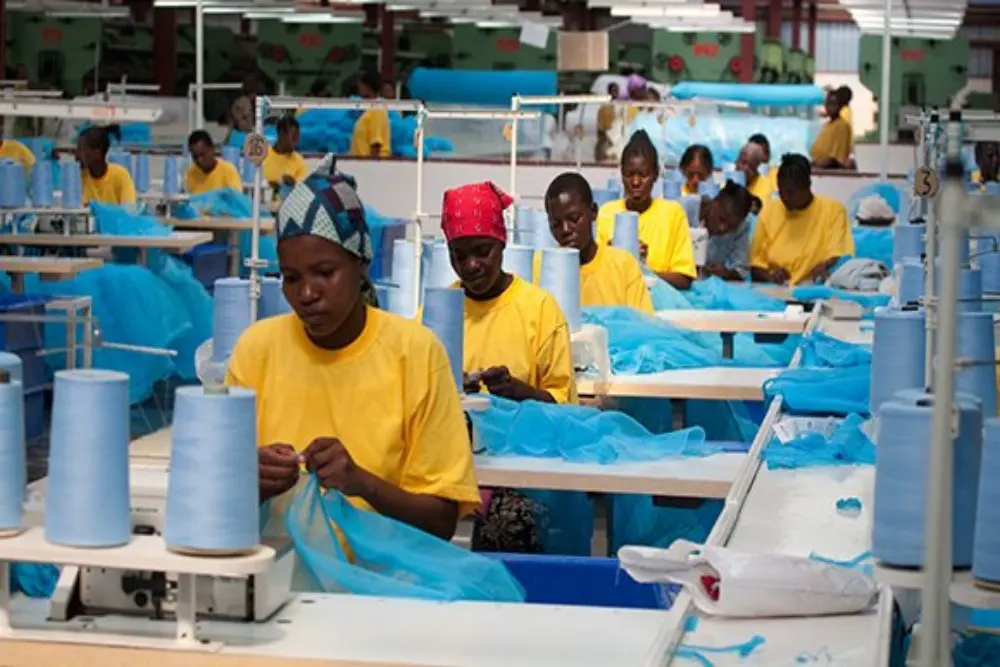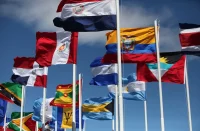
China continues to steadily increase its presence around the world. One of the key regions for Chinese industry is Africa. The continent is a storehouse of cheap labor. This is becoming more and more relevant as the cost of labor is growing in China, but it is necessary to produce cheap goods somewhere.
This is what is pushing China towards rapprochement with African countries. Building up diplomatic and business relations is an invariable component of bilateral relations and this is reflected in trade with the continent: in 2022, China became the continent’s largest trading partner for the 14th year in a row, and in the first half of 2023, the volume of trade between China and African countries totaled $113.5 billion.
This is 16.4% more than in the same period of the previous year. Investment cooperation continues to expand. Extended dialogue platforms and special zones of in-depth African-Chinese trade and investment cooperation are being created.
China’s investments in Africa are projected to continue to grow. The vast majority of expensive investment projects on the continent are being implemented at the expense of Chinese investors as part of Xi Jinping’s “One Belt, One Road” Initiative. Apparently, today the initiative is in a state of so-called recalibration.
This is evidenced by a significant decrease in the investment activity of Chinese investors in 2022: according to The Chinese Loans to Africa Database (CLA), both in 2021 and in 2022, African borrowers received loans worth less than $ 2 billion per year. If we compare this figure with the figures for 2016, the difference will be obvious: $ 2 billion versus $ 28.5 billion.
Today, during the second decade of the implementation of the “One Belt, One Road” initiative, new trends are emerging in Chinese investments in the economies of developing countries. And for Africa, this trend does not shine with anything rosy. The era of low interest rates and so-called “cheap money” from China is ending. Gradually, China begins to collect debts from the countries to which they were given, which quite naturally reduces the number of large-scale projects implemented with China’s participation.
Beijing has begun to pay increased attention to environmentally friendly projects and to distance itself as much as possible from likely corruption schemes and potential scandals. This is evidenced by the adoption of the “Guidelines for the Promotion of the Green Belt and Road” in 2017, as well as the statement made by President Xi in 2021 that China would not build new coal-fired power plants outside its territory.
At the same time, Beijing is stepping up joint work with China to implement projects in Africa using modern technologies, improve the quality and accessibility of education, employ Africans in Chinese companies and expand the availability of medicine. China obviously wants to involve Africa as much as possible in joint projects, thereby making the countries of the dark continent dependent on its financing.
In addition, given the constant population growth, Africa needs to build infrastructure capacities effectively. There is also a cold calculation that the uneducated population will sell their lands cheaply, and, having felt the benefits of civilization once, will abandon further resistance to Chinese expansion. And if the government resists China, then the local population will be on Beijing’s side, which will put pressure on the ruling circles.
Cooperation in the field of foreign direct investment (FDI) continues. This area is not so developed in China, but the country is one of the five largest investors in Africa, ranking fourth. Today, about 3,000 Chinese companies are investing in the economies of African countries. In 2022, the total amount of Chinese FDI reached 3.4 billion dollars, and in the first quarter of 2023 it increased by 24% year-on-year.
Over the period 2021-2023, investments in Africa reached $20 billion. In quantitative and monetary terms, there seems to be a certain asymmetry, since 50% of all Chinese investments are concentrated in three countries of the dark continent – Congo, Zimbabwe and Guinea. Metallurgy, energy, transport and agro-industry are also among the most promising areas.
In 2021-2023, metallurgy became the leader, reaching 67% of the total value of Chinese FDI. This is due to the fact that China wants to develop ore and rare earth metals extraction for its semiconductor industry at an increased pace. According to Goldman Sachs estimates, the West needs to invest at least $25 billion in the extraction of rare earth metals in order to achieve a similar level of industrial development to China.
Chinese FDI in African countries is still concentrated in traditional Chinese high technologies and “green” energy. These are the natural actions of Chinese industrialists aimed at providing their country’s economy with the necessary amount of resources.
This explains the investments in the infrastructure of Congo, where 70% of the world’s cobalt production is located, which is necessary for the production of batteries for electric vehicles, Guinea, where 24% of the world’s bauxite reserves are located, which is necessary for the production of photovoltaic plant components, and Zimbabwe, where lithium reserves are potentially able to meet up to 20% of global demand. With these investments, China guarantees the further development of its own economy.














Comments